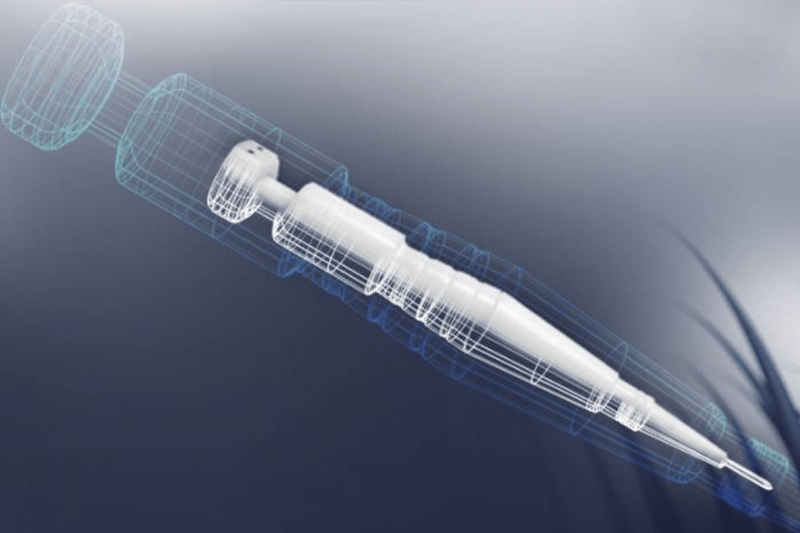
Advantages of DHI Hair Transplantation
When you make the decision to have hair transplant surgery, you start doing your own research to learn as much as possible about your options. This is a good idea because you will be able to have a more detailed discussion with your hair transplant surgeon to find the best option for you. You may have found a lot of information about FUE (Follicular Unit Extraction) and FUT (Follicular Unit Transplantation) hair transplantation and suddenly you may have come across DHI (Direct Hair Transplantation) hair transplantation. DHI hair transplantation method is one of the latest developments in the field of hair transplantation.
What is DHI Hair Transplantation?
To understand DHI, you must first know the difference between FUT and FUE. In FUT hair transplantation, a strip of tissue with hair follicles is removed from the back of the scalp and placed to the recipient area.
In FUE hair transplantation, however, there is no excision, but instead a stapler is used to remove the follicular units, and these extracted hairs are then implanted into the recipient areas.
DHI hair transplant is a FUE hair transplant method and the main difference is the way the hair is placed.
In FUE hair transplantation, the hair transplant surgeon makes incisions over the entire scalp and places the follicular units in these incisions. However, the DHI hair transplant technique requires the use of a patented instrument to implant it into the scalp each time without the need for any incisions.
Alternatively, a robotic hair transplant system can be used. This system calculates the required depth and angle for each hair follicle, so it is also known as robotic follicular unit extraction.
DHI Technique and FUE Hair Transplantation
DHI uses a special apparatus to precisely control the angle, depth and direction of the implanted follicle. This creates a completely natural hairline and a natural look.
In the DHI technique, the extracted grafts are implanted directly into the receiving area, while in fue technique, the extracted grafts are kept in a special solution, the channels are opened in the receiving area and then the extracted grafts are implanted into the opening channels. There is no additional channel opening phase in DHI.
There is no bleeding in DHI because implantation is performed with a special implanter without opening channels.
There is no scabs, pitting or postulation in DHI.
While the maximum number of grafts in one session with DHI is approximately 2,000 grafts, it can be 5,000 grafts in FUE. Therefore, patients who need more than 2,000 grafts should accept more than one session with DHI.
With the Special Implant, it is much easier and more successful to give angles and directions in DHI.
There is no need to shave in DHI, only the donor area is opened. In FUE, the entire scalp must be shaved before the procedure.
The patient who has the DHI technique can return to her/his normal routine and recovers much faster than the patient who has FUE Hair Transplantation.
Advantages of DHI Hair Transplantation
The DHI tool ensures a good distribution of the hair tissue, so the risk of scar formation is low.
DHI hair transplantation does not require any incisions.
The DHI tool controls the depth, angle and direction of the implanted hair follicles. DHI hair transplantation is a safe procedure with a low risk of complications.
Am I a Good Candidate for DHI Hair Transplantation?
DHI is ideal for those with advanced hair loss. Those who have been experiencing hair loss due to male pattern hair loss for 5 years are a good candidate to benefit from DHI hair transplantation. DHI may also be the only option for men who don’t respond well to medical treatments for hair loss.
